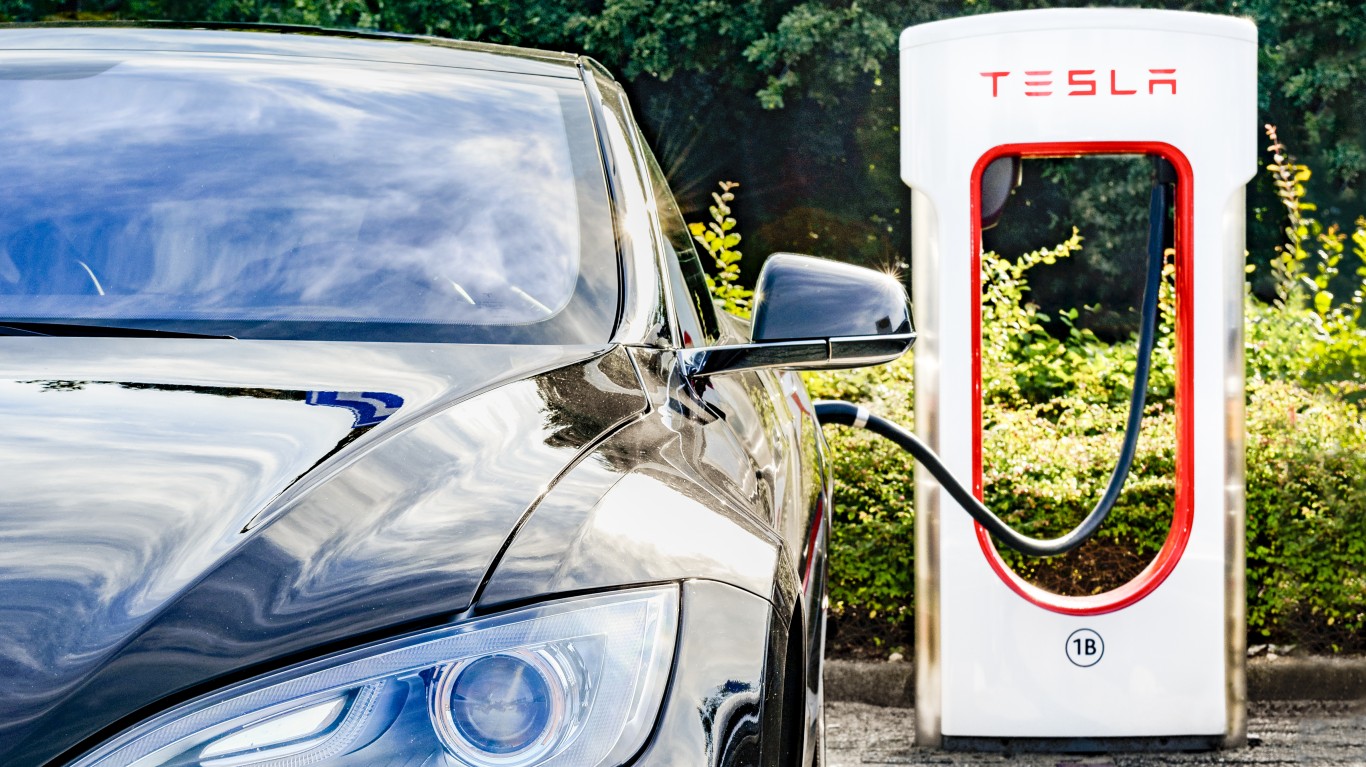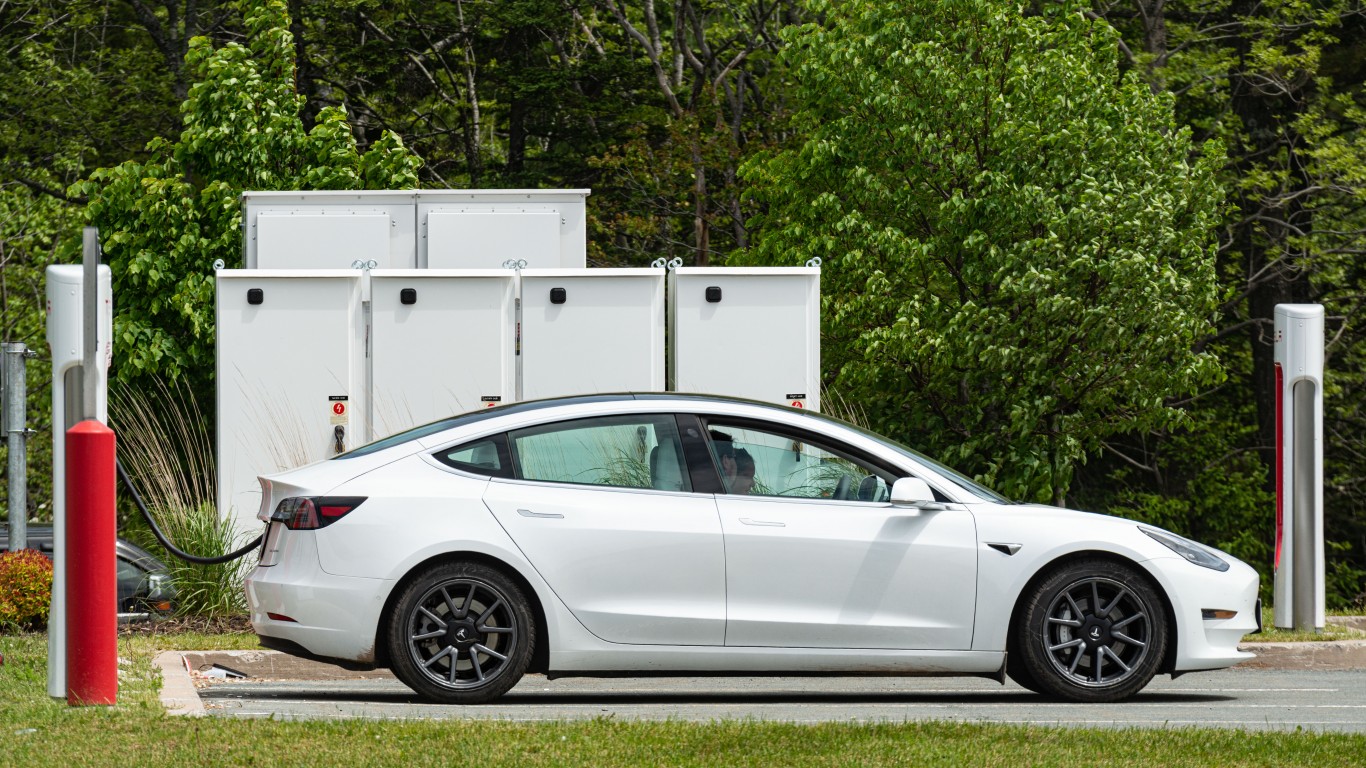
Tesla has a chance to produce two million cars this year, although some consider that a long shot. To a large extent, it relies on whether price cuts will trigger a sharp increase in demand in the second half of the year.
One case to be made about a sharp jump in second half sales is first half sales results. Tesla announced that in the second quarter, production rose 85% to 479,700 compared to the same period last year. According to MarketWatch, “Earlier this year, Tesla cut prices globally by as much as 20% after missing Wall Street delivery estimates for 2022.” That level of price cuts is extremely unusual in the industry.
One of Tesla’s primary challenges as it tries to keep up its growth pace is BYD, the top selling EV company in China. Tesla ranks second in EV sales in the world’s largest can market. Tesla will need to do better there for its current worldwide growth pace to continue.
It has been supposed that Tesla’s aging model line is a competitive disadvantage. So far, that is not true. Part of the reason this may not be a problem, short term, is that Tesla has no real competition outside China. Ford, which hopes to become the EV market share leader in America, only sells a few thousand EVs a month. Ford says that will change. Its management claims demand is already substantial, and all it needs is for production to move higher to meet that demand.
Ford does have one vehicle Tesla cannot compete with. Full sized pick-ups are the best selling vehicles in the U.S. Ford, which leads the gas powered pick up industry with its F-150, has already produced an EV in the sector. The F-150 Lightning was early to the market. Tesla’s rival Cybertruck will not be in the market until close to the end of the year. Here are the most efficient cars on the market.
Rivals aside, Tesla’s sales pace is extraordinary. And, that may drive it to the production of two million vehicles this year.
Take Charge of Your Retirement In Just A Few Minutes (Sponsor)
Retirement planning doesn’t have to feel overwhelming. The key is finding expert guidance—and SmartAsset’s simple quiz makes it easier than ever for you to connect with a vetted financial advisor.
Here’s how it works:
- Answer a Few Simple Questions. Tell us a bit about your goals and preferences—it only takes a few minutes!
- Get Matched with Vetted Advisors Our smart tool matches you with up to three pre-screened, vetted advisors who serve your area and are held to a fiduciary standard to act in your best interests. Click here to begin
- Choose Your Fit Review their profiles, schedule an introductory call (or meet in person), and select the advisor who feel is right for you.
Why wait? Start building the retirement you’ve always dreamed of. Click here to get started today!
Thank you for reading! Have some feedback for us?
Contact the 24/7 Wall St. editorial team.




